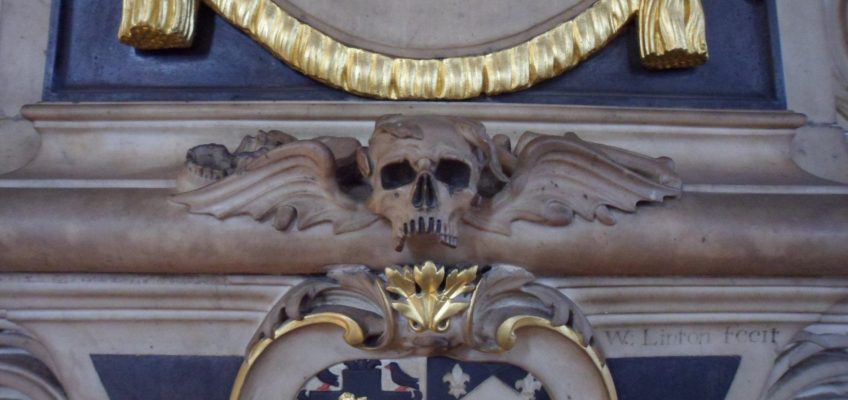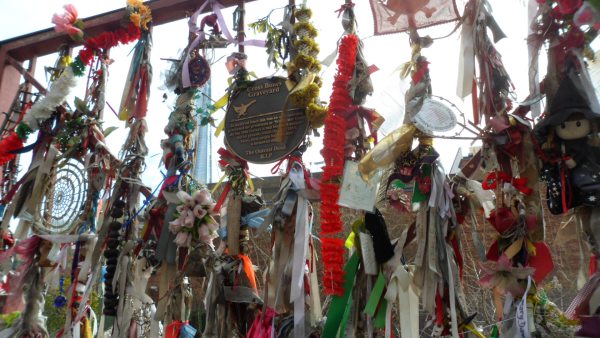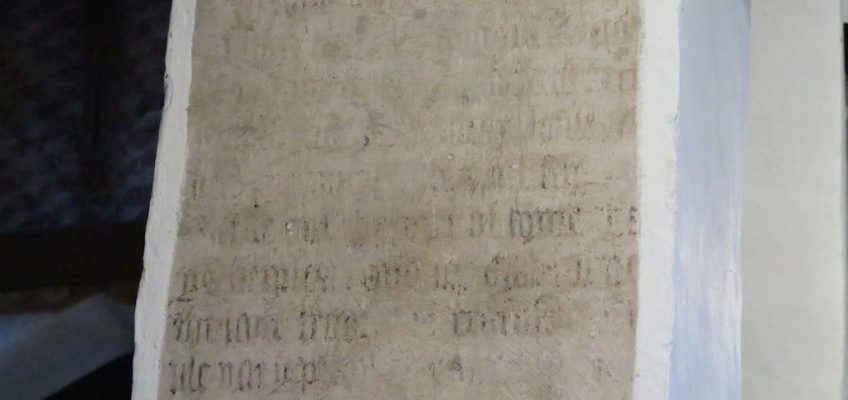I now have my mother’s ashes in a neat little box on my bookshelf, between Ralph Griffiths’s Principality of Wales in the Later Middle Ages and the skull of a medieval nun from Cambridge. It’s a very small box to hold so many memories. Going through her clothes and papers was an amazing experience and I need to write another chapter of her life with all the things she never told me.
My daughter’s boyfriend Sean Wolfendale (@KingWolfy) helped with some of the most difficult bits – all those shelves of handbags and scarves. We still haven’t tackled the top shelf with its old letters and boxes. Sean wrote some poems about the experience, and then about the funeral.
Ninety Nine Boxes
She was put into numerous boxes
And stacked on all the surfaces.
Facing her was an eventuality
That they took on all at once
Before she became a permanent resident.
Picking her apart paper and page,
Evidence of her history and times,
Left over medicines and memories
That are ordered and divided
For decided removal
To provide some order
In a future without her.
Ninety Nine Bags
We dug through handbags,
Far too many for regular use
With some even retaining tags.
I was a poor man’s Indy
Digging out bric-a-brac,
Being attacked by fluff and mould.
An abundance of used tissues
And nail files hidden in folds,
I boldly dug deep to discover,
She was who we knew,
But from these things I take it,
Ready for runny noses and prison breaks.
Ninety Nine Pages
When the archive is explored
I’ve found an abundance of notes
That are bound by moments in time.
This letter! A first-hand account
Of the mounting tension lived
Before bombardments in World War 2.
But despite diamonds hidden in compartments,
For every gold filled memory
Is an old bill or drivers licence,
Empty envelopes that have lost their worth
And could we only stand the cold
They would not turn to firewood.
Ninety Nine Steps
She’s been resting for days now
This near centurion we’ve carried
Through fire and across fields
Through storms of feelings and tears
To a place where the wind is strong
And she can be released.
As our march comes to an end
And the blend of sieges upon our hearts
And honours upon our shoulders
Only bolden our movement to the future,
Whatever it might be that will harry us,
Through it she will carry us.
























